The long and winding road to meat loaf
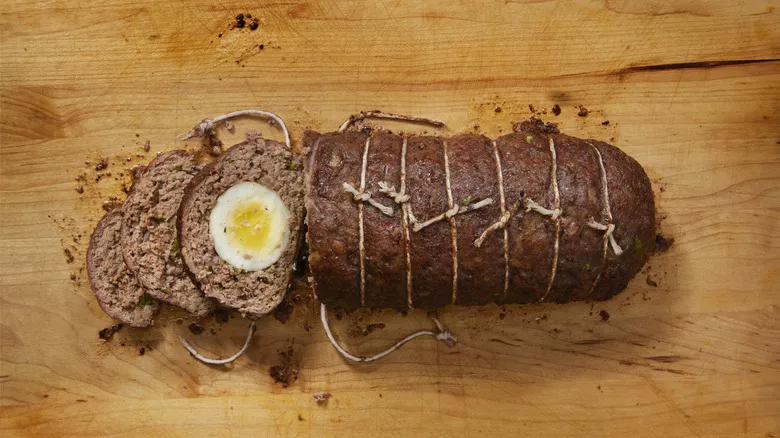
Meatloaf didn't just appear on American tables during the Great Depression of the 1930s; variations of this dish have existed for centuries. An early form of meatloaf can be traced back to a Roman cookbook titled "Apicius." However, this ancient recipe wasn't an exact replica of the meatloaf we know today. It included minced meat, bread, and seasonings, but also featured animal brains—an ingredient that is notably absent from most contemporary meatloaf recipes. The Romans weren't the only ones who enjoyed minced meat patties mixed with bread; many European countries have historically created dishes that combined meats with bread, oats, or dried fruits to stretch less desirable cuts of meat into more meals.
As for how this dish made its way to America, the story is a bit more complex and contentious. There are two competing narratives regarding its origins. Some food historians attribute the introduction of meatloaf to German immigrants, particularly through the Pennsylvania Dutch, who brought with them a dish called scrapple, made from pork and cornmeal, which remains popular in the mid-Atlantic region. Others argue that Italian American immigrants contributed to the evolution of meatloaf, creating a lighter, more meatball-like version. Ultimately, the meatloaf we cherish today is a blend of various culinary influences. For instance, the tradition of incorporating whole boiled eggs into meatloaf has clear roots in Jewish and German cooking and continues to be a practice today.
Necessity breeds invention (and meat loaf)
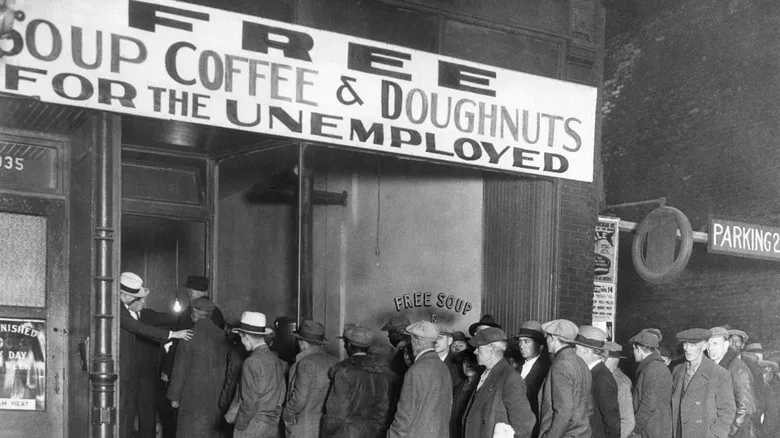
Several factors contributed to the rise of meatloaf during the Great Depression. The modern iteration of this dish owes its existence to the invention and widespread use of the meat grinder in the 19th century, which made it easier for individuals to process their own meat at home. Coupled with the growing industrialization of food production, meatloaf began to emerge as a staple for American diners in the years leading up to the 1930s.
As the Great Depression made meat both scarce and costly, many home cooks sought ways to stretch their limited resources. They accomplished this by incorporating ingredients like oats and flour into ground meat, resulting in the creation of meatloaf. Other items, such as condensed soups, crackers, and condiments like Heinz ketchup, were frequently added to these recipes. These additions were part of an expanding array of commercially produced food products that enabled home cooks to make the most of their budgets while providing consistent meals for their families.
Meatloaf came to symbolize a unique culinary creativity born from necessity, intertwined with an increasing dependence on mass-produced, pre-prepared food items that would shape the culinary landscape of 20th-century America. Additionally, it represented the resilience of many Americans in the face of scarcity, a sentiment that was further reinforced when the dish regained popularity during the rationing of World War II.
From Depression staple to American classic
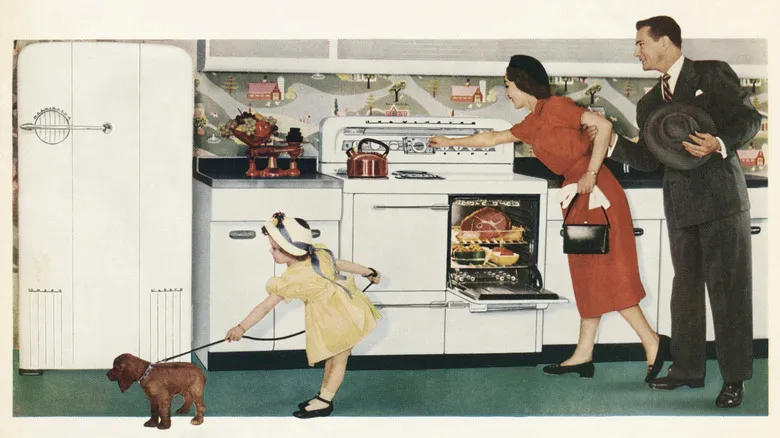
Meatloaf's role in the American kitchen persisted well beyond the Great Depression. Even during the economic boom following World War II, it remained a beloved dinner option. A notable 1958 cookbook titled "365 Ways to Cook Hamburger" included an impressive 70 meatloaf recipes. So, what accounts for the enduring popularity of this unpretentious dish, even in times of prosperity? For starters, meatloaf is easy to prepare, a key characteristic of much mid-century cuisine. Moreover, it frequently incorporates mass-produced ingredients like ketchup, canned soup, and seasoning mixes, which had become staples in American households since the Depression.
However, this very aspect has led to meatloaf being somewhat of a joke. It is often perceived as a representation of American cooking at its least appealing: a haphazard blend of processed meat and commercial ingredients that requires minimal effort to prepare. Yet, this is only one perspective. At its finest, meatloaf embodies the resilient spirit of many facets of American culture. It is not merely a single entity but a fusion of diverse cultures, economic backgrounds, and ingredients that unite to create something greater than the individual components. Plus, one cannot overlook the fact that, despite its modest appearance and ketchup topping, meatloaf is undeniably and unapologetically delicious, whether enjoyed on its own or alongside canned green beans and mashed potatoes.
Recommended
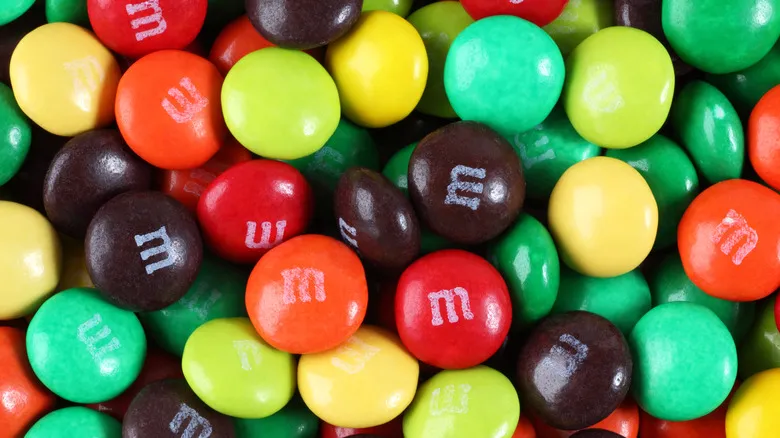
The Reason All M&M's Are Stamped With A Tiny 'M'
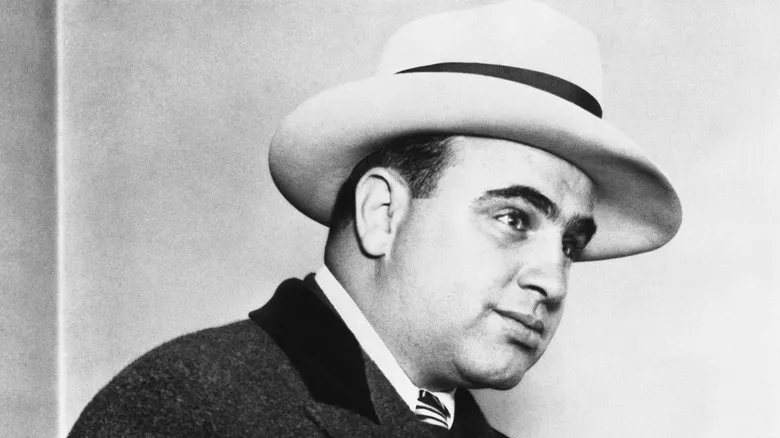
The Pasta Dish Rumored To Be Al Capone's Last Meal
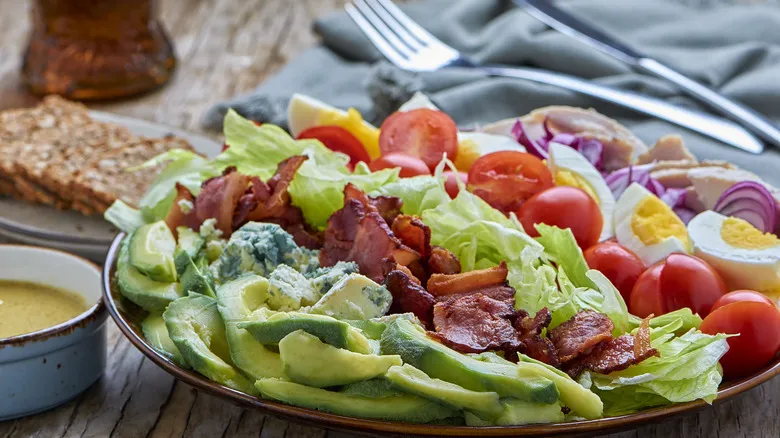
How The Iconic Cobb Salad Was Invented

What Happened To McDonald's McDLT Burger
Next up

